A Simple Yet Nutritious Delight: Dinengdeng na Saluyot (Jute Leaves) and Labong (Bamboo Shoots) with Fish!
In today’s busy world, it’s easy to get carried away by instant meals and fast food. But nothing beats the warmth and nourishment of a simple home-cooked dish — especially one rooted in tradition and packed with health benefits. One of my personal favorites is dinengdeng na saluyot at labong with fish, a humble yet flavorful Ilocano viand that never fails to bring comfort to the table.
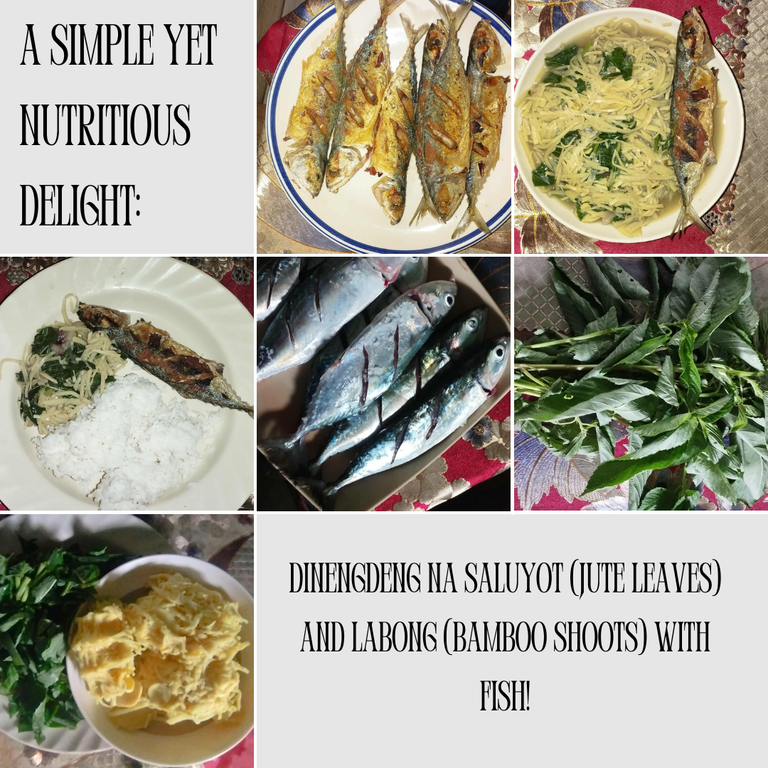
Dinengdeng, a classic dish from Northern Luzon, is a light vegetable soup flavored with bagoong isda (fermented fish sauce) and often paired with grilled or fried fish. What makes it special is its versatility — you can add different vegetables depending on what’s fresh and available. In my version, I combine saluyot (jute leaves) and labong (bamboo shoots) to create a hearty and healthy dish that’s both satisfying and nourishing.
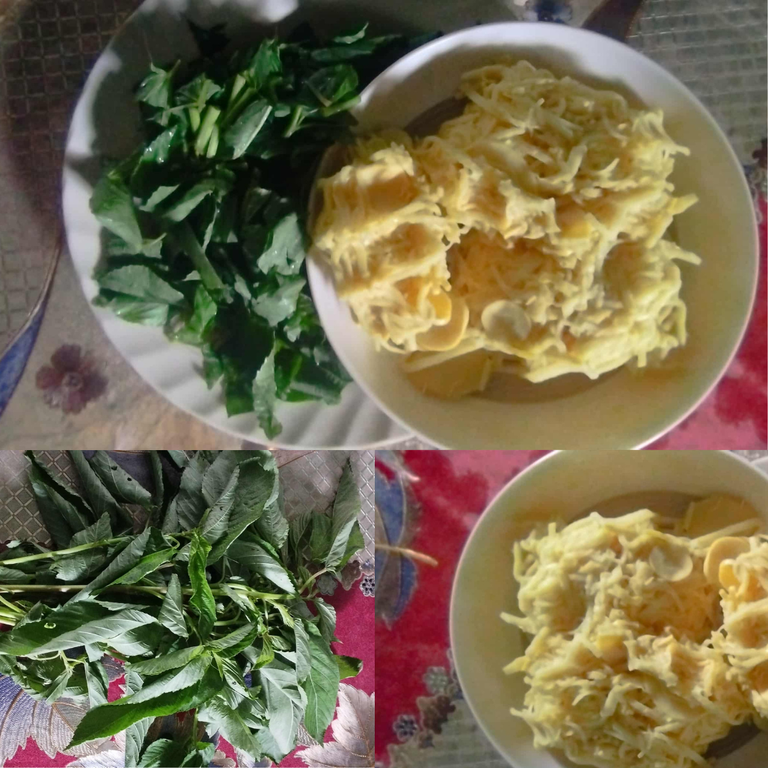
The process begins by boiling water and adding a small amount of bagoong isda for its distinct umami flavor. Freshly cleaned labong goes in first, adding a mild crunch and subtle sweetness to the soup. Then comes the star of the dish, saluyot leaves, which soften quickly and create a slightly thick, almost silky broth. To complete the meal, I add fried fish, allowing its savory taste to blend beautifully with the vegetables.
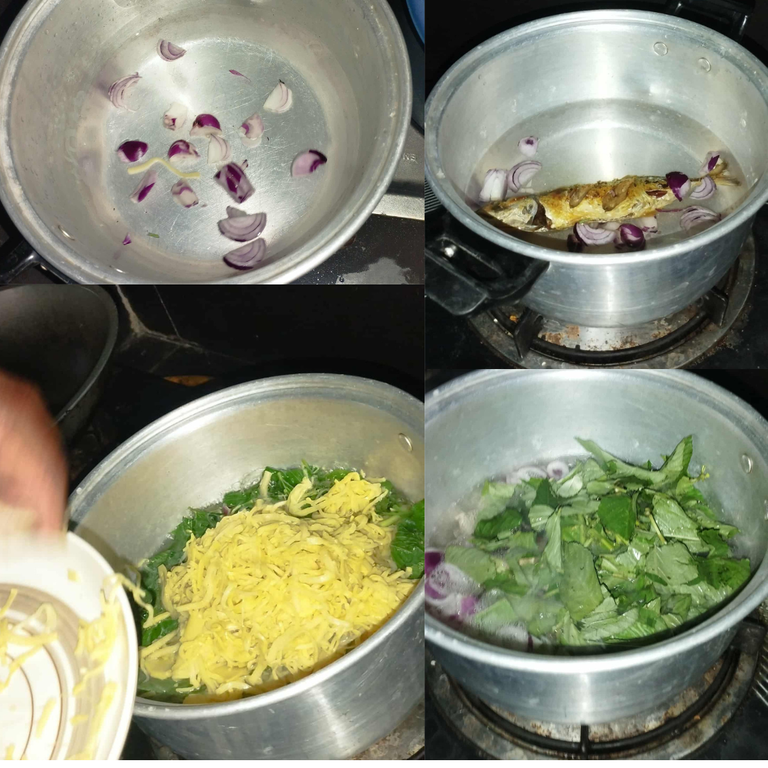
What I love most about this dish is its nutritional value. Saluyot is rich in fiber, iron, and antioxidants, making it an ideal food for promoting digestive health and overall well-being. Labong, on the other hand, is low in calories but high in vitamins and minerals, making it an excellent addition to a balanced diet. Paired with fish, which is a great source of protein and omega-3 fatty acids, dinengdeng becomes a complete and healthy meal perfect for the whole family.
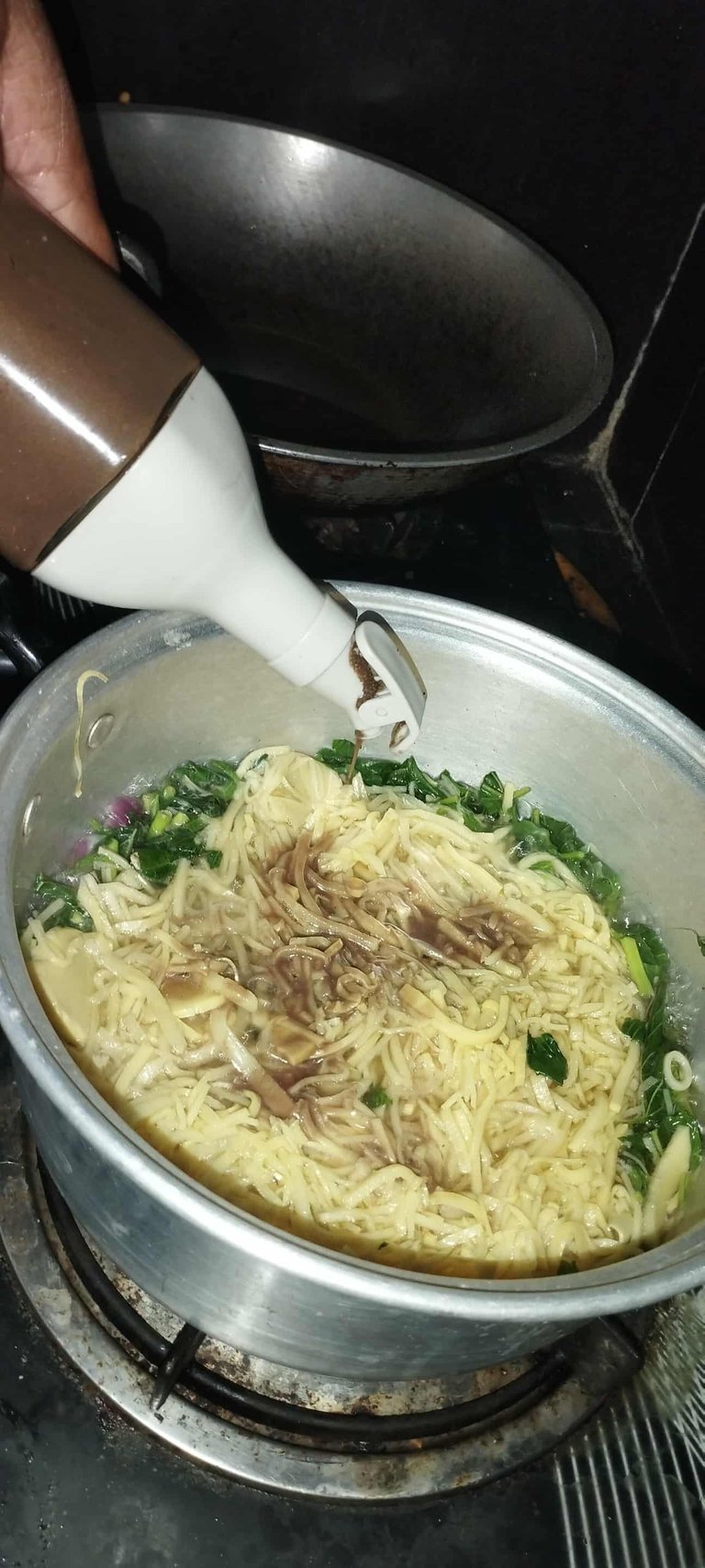
Beyond its health benefits, this dish also carries a sense of home and simplicity. It reminds me of childhood meals where fresh vegetables came straight from the backyard garden and fish was often freshly caught from the river or market. Every spoonful brings a taste of tradition and a feeling of gratitude — appreciating the richness of local produce and the art of slow, mindful cooking.

Every time I cook dinengdeng na saluyot at labong with fish, I can’t help but be reminded of my lola. She was the one who patiently taught me how to prepare this simple yet nutritious dish, passing down not just a recipe but also a piece of our family’s tradition. I still remember sitting beside her in the kitchen, watching as she carefully cleaned the labong, plucked fresh saluyot leaves, and grilled the fish to perfection.
Lola always believed that the best meals come from the heart and from nature’s bounty. She would often say, “Do not waste the blessings from the soil,” and true enough, she made use of whatever fresh vegetables were available from the backyard. She taught me the right balance of flavors — the smoky taste of fish, the richness of bagoong, the mild crunch of labong, and the smooth texture of saluyot.
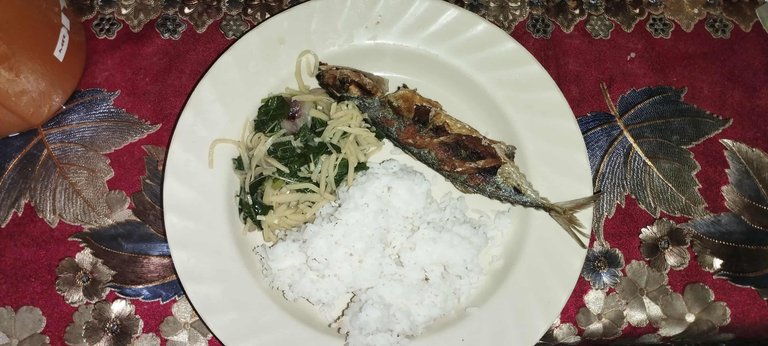
Now, every time I prepare this dish, I feel connected to her. It’s more than just food; it’s a reminder of her love, patience, and wisdom. Through this recipe, I carry with me not only her cooking but also the warmth of her memories.
In a world full of complex recipes and expensive ingredients, dinengdeng na saluyot at labong with fish proves that nutritious food doesn’t have to be complicated or costly. It’s a celebration of Filipino culture, resourcefulness, and love for healthy living — all in one comforting bowl.

Truly, nothing beats a nutritious home cooked meal. I love how the fish look, makes me crave for fish.
Indeed, a perfect combo at all times 😘
Ehhhh, Dinengdeng? For labong? I only heard about that today. Ang alam ko lang kasi na luto sa labong is ginataan haha. Aguy. This looks masarap though. Nothing beats a homemade dish lalo with gulay
You must try it ate , masarap din 😘